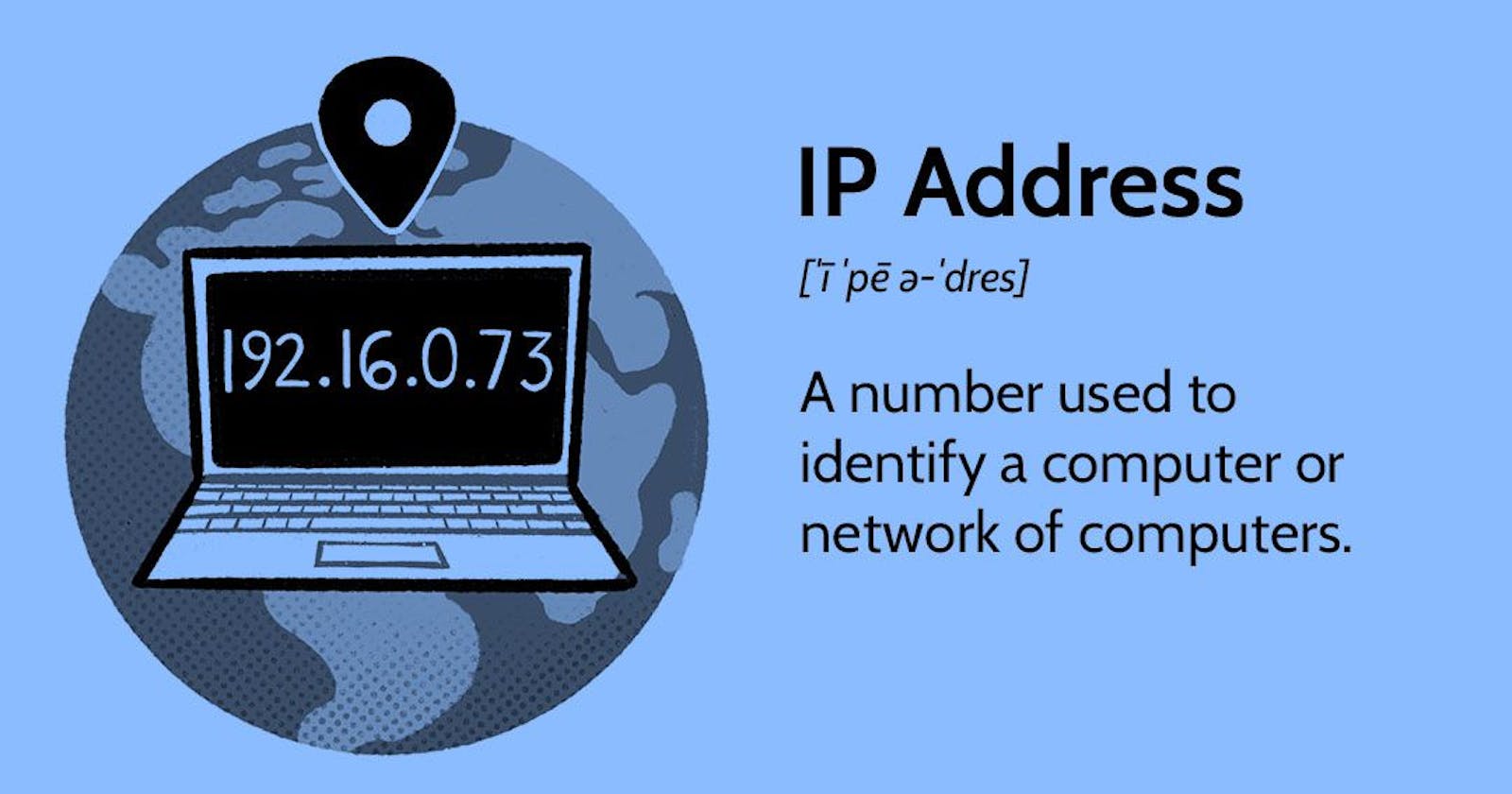IP Addressing
IP addressing (Internet Protocol addressing) is a set of rules and standards that enable devices to communicate with each other over the Internet or other networks using a unique identification number called an IP address.
IP Address
An Internet protocol address is a unique numeric address assigned to machines/computers to identify and communicate with each other on a computer network utilizing the internet protocol (IP) standard. Through IP addressing any individual or organization connect their computers to the internet. It is a unique number provided to every device connected to the internet network, such as Android phones, laptops, Macs, etc. An IP address is represented in an integer number separated by a dot (.), for example, 192.167.12.46.
Types Of IP Address
Based on the different types of characteristics and usage, the types of IP addresses are:
Static IP Address: Static IP Address is where a computer uses the same address every time a user logs on to a network., e.g. the internet. With a static IP address, the identity of a computer can be easily identified by others and the user can easily connect with it. These are IP addresses that are manually assigned to a device and remain fixed unless changed manually.
Dynamic IP Address: Dynamic IP Address is assigned to a computer, usually by a remote server which is acting as a Dynamic Host Configuration Protocol server. These are IP addresses that are assigned automatically by the Dynamic Host Configuration Protocol (DHCP) server. Dynamic IP addresses are commonly used for devices such as desktop computers, laptops, and smartphones that are connected to a network for a limited time.
Versions Of IP Address
IPV4: IPv4 is version 4 of IP. IPv4 uses a 32-bit address scheme allowing storage of 2^32 addresses, which is more than 4 billion addresses. To date, it is considered the primary Internet Protocol and carries 94% of Internet traffic. For example, 66.94.29.13.
IPV6: IPv4 produces 4 billion addresses, and the developers think that these addresses are enough, but they were wrong. IPv6 is the next generation of IP addresses. The main difference between IPv4 and IPv6 is the address size of IP addresses. IPv4 is a 32-bit address, whereas IPv6 is a 128-bit hexadecimal address. IPv6 provides a large address space, and it contains a simple header as compared to IPv4.
IP Address Format
The 32-bit IP address is grouped 8 bits at a time, separated by dots, and represented in decimal format (known as doffed notation). Each bit in the octet has a binary weight (128, 64, 32, 8, 4, 2, 1). The minimum value for an octet is 0, and the maximum value for an octet is 255.
For example, an IP address might look like this: 192.168.1.1
The first number in the IP address represents the network portion of the address, while the last number represents the host portion. The middle two numbers represent the subnet portion of the address.
IPv4 addresses consist of 32 bits, while IPv6 addresses consist of 128 bits. IPv6 addresses are typically represented as eight groups of four hexadecimal digits separated by colons, such as 2001:0db8:85a3:0000:0000:8a2e:0370:7334.
